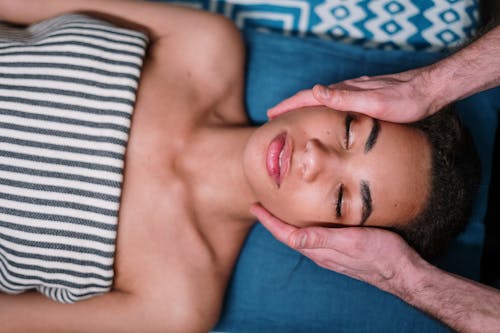Microneedling, also known as collagen induction therapy, is a cosmetic procedure that involved pricking the skin with sterilized needles. The tiny wounds created during the procedure cause collagen production to increase. The collagen helps the wounds heal, but it has the side benefit of helping your skin look younger, which is why people do this.
Many common skin problems can be reduced or even eliminated with the use of this procedure, including acne, wrinkles, dark spots, scars, and more. Stretch marks and hair loss can also be combatted by microneedling. While this is most commonly done on the face, it can be beneficial essentially anywhere on the body.

People with dark skin tones use this method more commonly than most others. This is because laser treatments are not effective on their skin, and they can even be damaging. Since microneedling has many of the same benefits as laser treatments, this is a solid backup choice for a person of any skin color. This is also a cheaper alternative to laser treatments, so those on a low budget are also more likely to choose this procedure over an alternative.
Both dermatologists and aestheticians can perform your microneedling procedure. If you go anywhere other than a doctor’s office, it’s a good idea to check out their credentials and ensure the equipment is sterilized, just in case they are trying to cut corners. It is your face, after all.
The person performing the procedure will begin by putting numbing cream on the treatment area to prevent pain. Then, a pen-shaped or rolling tool will be used to create tiny wounds. There is the possibility of slight bleeding, so be prepared for that. A cream/serum may be applied after the treatment to aid in healing.
Each treatment will take approximately 10-20 minutes. The final duration will depend on the size of the treatment area (entire face, part of a thigh or stomach, etc.). An individual will typically receive 4-6 microneedling treatments before seeing significant results. As with every procedure, there are some health risks to be aware of such as infection, bruising/bleeding, peeling of the skin during healing, and potential scarring. Overall, though, the procedure is very safe.
If you are interested in learning more about this procedure or other cosmetic alternatives, take a look here.